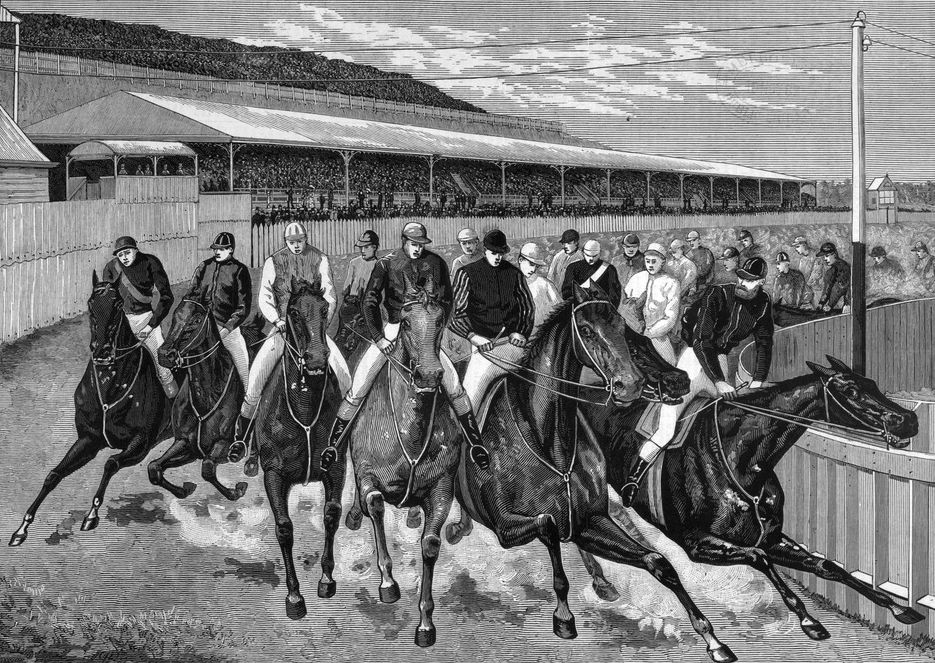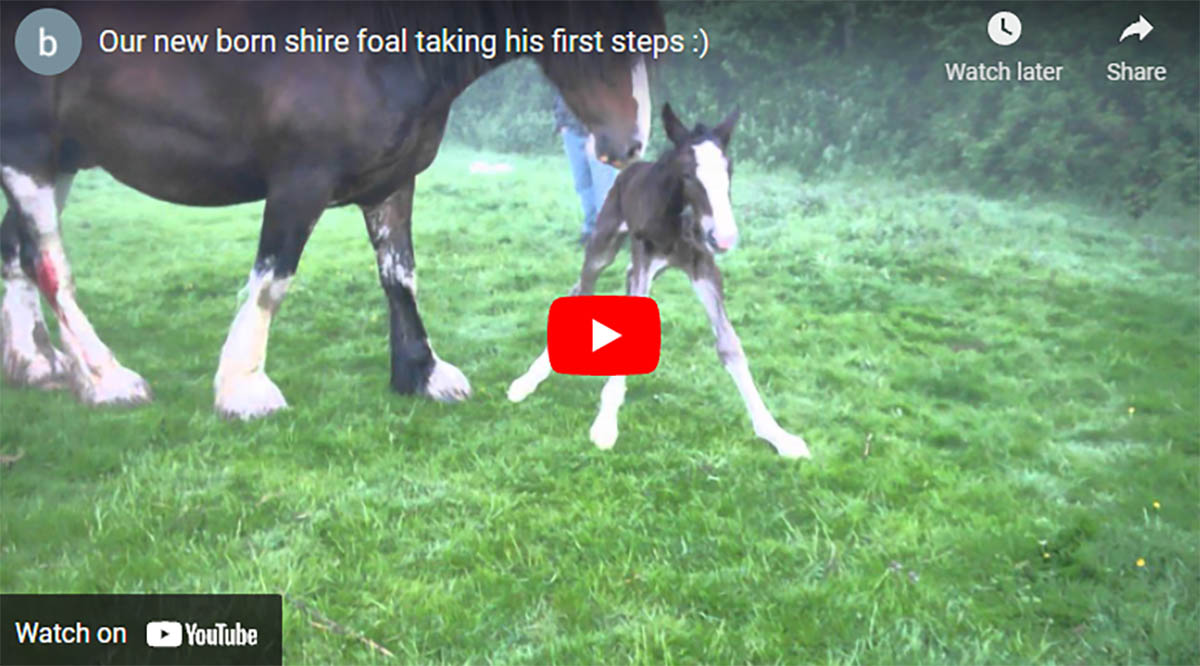Website Optimisation
The two elements of website success are:
1) attracting the right visitors to your website
2) converting the visitor to a customer once they arrive
Effective web site optimisation should address both these elements, by combining search-engine friendly pages with powerful sales copy.
Step one in attracting the right visitors (i.e. the kind of visitors that are most likely to become customers) is to define your target group clearly. This will allow you to `position` the site correctly - to find the most appropriate tone to talk to your visitors, and to develop the links, partnerships and listings which will most benefit your link popularity and traffic. An audience profile might include some or all of the following factors:
Step two is to determine how these potential customers will be seeking your information on the Web. For example:
i) Research all the relevant industry information sources and competitor websites to identify potential strategic partners and link locations: for example, listings in online trade directories, reviews by trade publications, and links from complementary product sites can all boost traffic and sales considerably. Offline promotion - especially in trade and national press - is also invaluable for driving sales.
ii) Evaluate actual user search behavior in order to identify commonly-used search terms which relate to your product or industry area. Keyword research will identify the search terms which - when optimised for - are most likely to drive valuable traffic to your site (i.e. visitors who are likely to convert to customers). This means balancing the following factors during selection:
- keyphrase frequency (how many times a particular keyphrase is used in the search engines - the more frequent, the more traffic it would drive)
- number of competing sites (the number of sites competing for that keyphrase - the more sites, the more difficult to obtain a good listing)
- specific product relevance (the more specifically related to your product and pages a keyphrase is, the better your chances of success - general terms may draw more visitors, but they will be less likely overall to convert to customers than visitors drawn by specific terms).
Step three is search engine optimisation - optimising the website for these keyphrases using META tags, page content, link structure, page formatting etc so that presentation of information is optimal for keyphrase relevance, and all the main pages of the site can be easily found and indexed by a search engine.
An additional part of the optimisation process is consideration of the listing which will actually appear in a search engine or directory`s results: a top ten listing which no-one clicks on is effectively useless, so the listing itself must entice visitors to click through for more.
Step four is to develop a strategy for submitting the site to search engines and their human-edited counterparts, online directories.
Most of the major search engines and directories these days have inter-relationships which involve using more than one source to supply results - this means that listings in one search engine or directory can often have a knock-on effect on your listing in another. It`s important, therefore, to maximise these opportunities when submitting.
Optimising your web pages will not make any difference to your positioning in a directory`s results however, since what is stored in the directory`s database is not copies of the site`s pages but simply a description of the site written (or approved) by an editor. All relevance ranking calculations are applied to this description, and to the category the site appears in, so it is vital to try and ensure that the description which ends up in the directory contains the site`s most important keyphrases.
Unfortunately, many search engines have extremely long lead times for indexing of new sites, so it can be at least three months before results begin to be seen. However, the commercial Express Review services in both Yahoo! and Looksmart will show immediate benefits if good listings can be obtained (Yahoo! can still drive at least 100% more traffic than any other search engine/directory, and Looksmart supplies results to MSN, Excite, and AltaVista among others); as will the paid-for indexing which Inktomi, - search supplier to HotBot, AOL, UKPlus, MSN and others - now offers.
Step five following optimisation of your site is submitting to search engines and directories, and to initiate a programme of links-building with sites identified during Step Two.
Many search engines consider a website`s `importance` when ranking, and two key factors influencing perceived importance are:
i) link popularity - the number and quality of other sites which link to yours (e.g. a directory listing is considered to be more valuable than a link from a personal home page)
ii) click-through popularity - the frequency with which the site is clicked through to from search results (for example, if the site is returned 10th in a search for `map software` but is clicked on more frequently than the site returned 5th, it will rise in the rankings and the other site will drop).
As for converting visitors to customers - the second key element to website success - this is a combination of factors:
i) Good page design. It must be easy for the visitor to buy whenever he/she is ready: this means supplying all the information required to answer any questions, and a `buy now` button (or equivalent) at every stage.
ii) Good selling copy. Many believe that because reading text on-screen is inherently more difficult than reading print, websites should employ a `less is more` approach to their copy by reducing it to bullet points and simple statements.
However, in fact the reverse approach should be employed - on the web, longer copy sells better, in all likelihood because customers need as much information as possible to make a decision, and unlike in a bricks and mortar store, cannot hold the product in their hands or talk directly with a sales consultant. Testimonials, demos, screenshots, product features and easy-to-read copy are all crucial for closing the sale.
iii) Security. With online credit card fraud on the rise and gaining increasing publicity, all e-commerce websites need to reassure customers that their credit card details will be safe if they choose to buy on line.
iv) Delivery and guarantee information. Sites selling over the web need to compensate for the elements a customer would expect from an in-store transaction, and supply clear information about delivery options and guarantees, technical support or returns policies.


1) attracting the right visitors to your website
2) converting the visitor to a customer once they arrive
Effective web site optimisation should address both these elements, by combining search-engine friendly pages with powerful sales copy.
Step one in attracting the right visitors (i.e. the kind of visitors that are most likely to become customers) is to define your target group clearly. This will allow you to `position` the site correctly - to find the most appropriate tone to talk to your visitors, and to develop the links, partnerships and listings which will most benefit your link popularity and traffic. An audience profile might include some or all of the following factors:
- Age range & gender
- Geographical location
- Occupation type, job title
- Preferred news source
- Pre-disposing factors (e.g. what equestrian discipline)
- Web usage
- Web access type (mobile/home/office)
Step two is to determine how these potential customers will be seeking your information on the Web. For example:
i) Research all the relevant industry information sources and competitor websites to identify potential strategic partners and link locations: for example, listings in online trade directories, reviews by trade publications, and links from complementary product sites can all boost traffic and sales considerably. Offline promotion - especially in trade and national press - is also invaluable for driving sales.
ii) Evaluate actual user search behavior in order to identify commonly-used search terms which relate to your product or industry area. Keyword research will identify the search terms which - when optimised for - are most likely to drive valuable traffic to your site (i.e. visitors who are likely to convert to customers). This means balancing the following factors during selection:
- keyphrase frequency (how many times a particular keyphrase is used in the search engines - the more frequent, the more traffic it would drive)
- number of competing sites (the number of sites competing for that keyphrase - the more sites, the more difficult to obtain a good listing)
- specific product relevance (the more specifically related to your product and pages a keyphrase is, the better your chances of success - general terms may draw more visitors, but they will be less likely overall to convert to customers than visitors drawn by specific terms).
Step three is search engine optimisation - optimising the website for these keyphrases using META tags, page content, link structure, page formatting etc so that presentation of information is optimal for keyphrase relevance, and all the main pages of the site can be easily found and indexed by a search engine.
An additional part of the optimisation process is consideration of the listing which will actually appear in a search engine or directory`s results: a top ten listing which no-one clicks on is effectively useless, so the listing itself must entice visitors to click through for more.
Step four is to develop a strategy for submitting the site to search engines and their human-edited counterparts, online directories.
Most of the major search engines and directories these days have inter-relationships which involve using more than one source to supply results - this means that listings in one search engine or directory can often have a knock-on effect on your listing in another. It`s important, therefore, to maximise these opportunities when submitting.
Optimising your web pages will not make any difference to your positioning in a directory`s results however, since what is stored in the directory`s database is not copies of the site`s pages but simply a description of the site written (or approved) by an editor. All relevance ranking calculations are applied to this description, and to the category the site appears in, so it is vital to try and ensure that the description which ends up in the directory contains the site`s most important keyphrases.
Unfortunately, many search engines have extremely long lead times for indexing of new sites, so it can be at least three months before results begin to be seen. However, the commercial Express Review services in both Yahoo! and Looksmart will show immediate benefits if good listings can be obtained (Yahoo! can still drive at least 100% more traffic than any other search engine/directory, and Looksmart supplies results to MSN, Excite, and AltaVista among others); as will the paid-for indexing which Inktomi, - search supplier to HotBot, AOL, UKPlus, MSN and others - now offers.
Step five following optimisation of your site is submitting to search engines and directories, and to initiate a programme of links-building with sites identified during Step Two.
Many search engines consider a website`s `importance` when ranking, and two key factors influencing perceived importance are:
i) link popularity - the number and quality of other sites which link to yours (e.g. a directory listing is considered to be more valuable than a link from a personal home page)
ii) click-through popularity - the frequency with which the site is clicked through to from search results (for example, if the site is returned 10th in a search for `map software` but is clicked on more frequently than the site returned 5th, it will rise in the rankings and the other site will drop).
As for converting visitors to customers - the second key element to website success - this is a combination of factors:
i) Good page design. It must be easy for the visitor to buy whenever he/she is ready: this means supplying all the information required to answer any questions, and a `buy now` button (or equivalent) at every stage.
ii) Good selling copy. Many believe that because reading text on-screen is inherently more difficult than reading print, websites should employ a `less is more` approach to their copy by reducing it to bullet points and simple statements.
However, in fact the reverse approach should be employed - on the web, longer copy sells better, in all likelihood because customers need as much information as possible to make a decision, and unlike in a bricks and mortar store, cannot hold the product in their hands or talk directly with a sales consultant. Testimonials, demos, screenshots, product features and easy-to-read copy are all crucial for closing the sale.
iii) Security. With online credit card fraud on the rise and gaining increasing publicity, all e-commerce websites need to reassure customers that their credit card details will be safe if they choose to buy on line.
iv) Delivery and guarantee information. Sites selling over the web need to compensate for the elements a customer would expect from an in-store transaction, and supply clear information about delivery options and guarantees, technical support or returns policies.




























